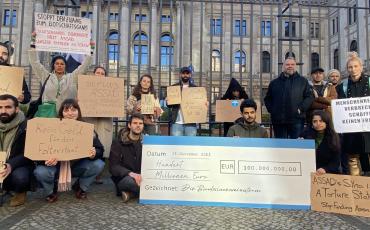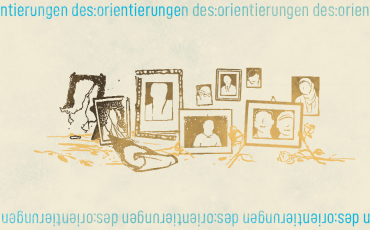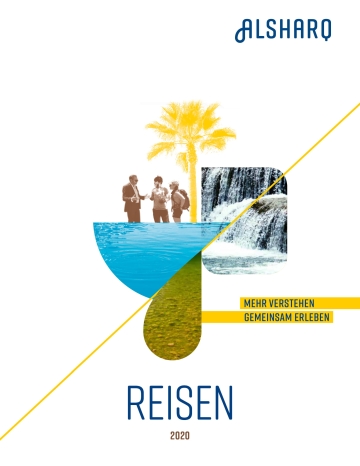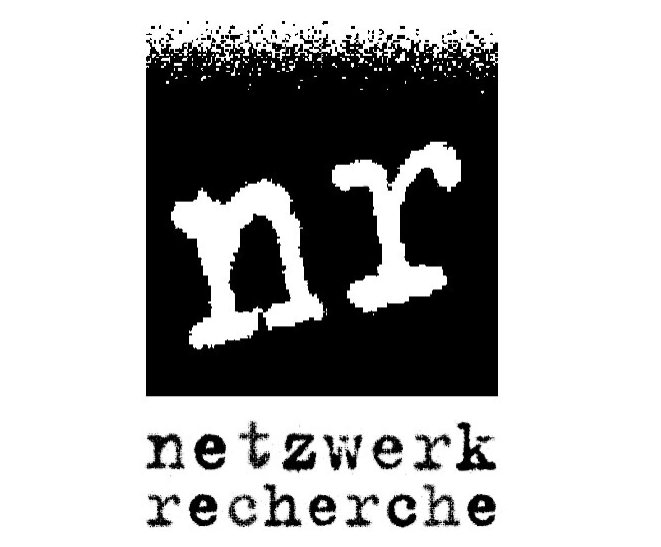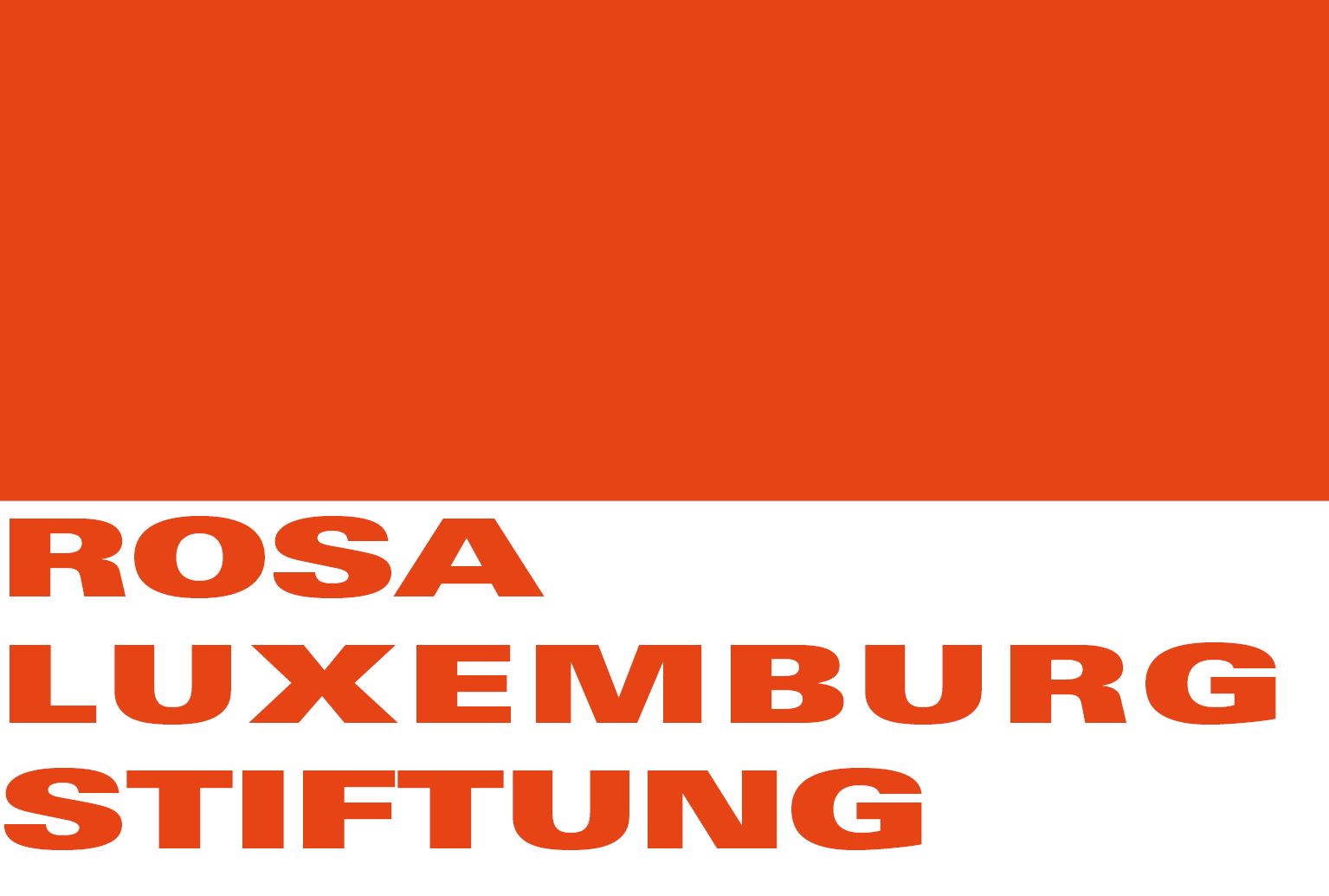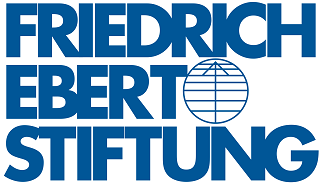Syrbanism aims to make Syria’s urban policies more accessible to its people. Nour Harastani, co-founder of the Berlin-based organization, shares her insights about integrating local voices and informality into the reconstruction of Syrian cities.
Syrbanism was initiated in 2017 as a non-profit organization by you, Nour Harastani, and Edwar Hanna. Coming from a background in architecture, you aim to include the voices of Syrian people in the country’s rebuilding process. What was your motivation to start Syrbanism?
Edwar and I studied architecture together at Damascus University, where we also worked as teaching assistants from 2010 on. Later, we both received a scholarship and left the country. In 2013, I left for Berlin and, a year later, Edwar for London.
During our master’s studies in Germany and England, we noticed that although Syrian urban research existed, information was difficult to find and often not accessible to the public. Since we were residents outside the country, we wanted to do something about the situation in Syria. Our minds were still divided between here and there. This is why we started collecting existing studies on Syrian urban planning until we had a solid database.
In 2017, we started workshops on urban informality with small Syrian NGOs. There, we highlighted the importance of informal settlements in the Syrian context and for future urban policies. Since reconstruction became a trend, we have been approached by more and more organizations to talk about the topic.
By 2018, the Syrian government announced Law No. 10 to regulate urban planning and award reconstruction contracts to national and international investors. We saw local people standing in line to get new ownership documents, but nobody understood the law. There was so little information and almost no explanation, so we decided to explain the law in an easily understandable video.
The video got a lot of attention. It got nearly 20,000 views in the first week, many from inside Syria. I think that was when Syrbanism became today's NGO: a bridge between the local Syrian people and all these technicalities around urban laws, informality, and policies. Local citizens should be able to understand what is happening in their own country.
Urban reconstruction is a contested and complex topic, especially after years of conflict. How do you understand ‘urban reconstruction’ at Syrbanism?
The term ‘urban reconstruction’ in the Syrian context is very problematic. So far, it is mainly understood as reconstructing destroyed buildings. But it should be rooted in social justice and aim to include as many people as possible. That is why, at Syrbanism, we understand urban reconstruction as a process, a possibility to be more inclusive and to rethink Syria's still classic and top-down urban planning approach. Of course, it is not easy to include everyone, to have every voice heard, and to balance the power dynamics around the discussion table. Having reconstruction under the quotation, we want to make sure to rethink the term in contrast to how it is used now in Syrian media.
One of your projects provides an overview of the types of Syrian real estate records, ownership documents, and the procedures in case of document loss or proof of ownership. What are the key challenges of Syrian homeowners and citizens today?
Syrian homeowners face struggles on many levels, including legal infrastructure, ownership documentation, and top-down urban policies. The new laws only support specific ownership documentation registered in the cadaster. It is presumed that all processes are formalized and that everybody has documentation for their property ownership. In that sense, the new laws neglect many ownership rights because Syria hasn't had such formal registration for a long time. Many people live based on alternative and informal housing systems. They would sell and buy shares or temporary registries over time. Also, the Syrian conflict led to destroyed, lost, or stolen records. Although a digitalization process of the documents is going on, nobody can tell if the digital transition is based on proper procedures.
The current top-down urban policies describe another key challenge for homeowners and citizens in Syria today. The reconstruction plans do not consider any contextual specialties or reflect what people were doing in their neighborhoods and buildings before. For example, many buildings would have a shop in the basement or an extra room on the rooftop for student living. People in the informal settlements would try to benefit from any square meter where income could be generated. For many, the settlements are a livelihood that cannot be financially compensated.
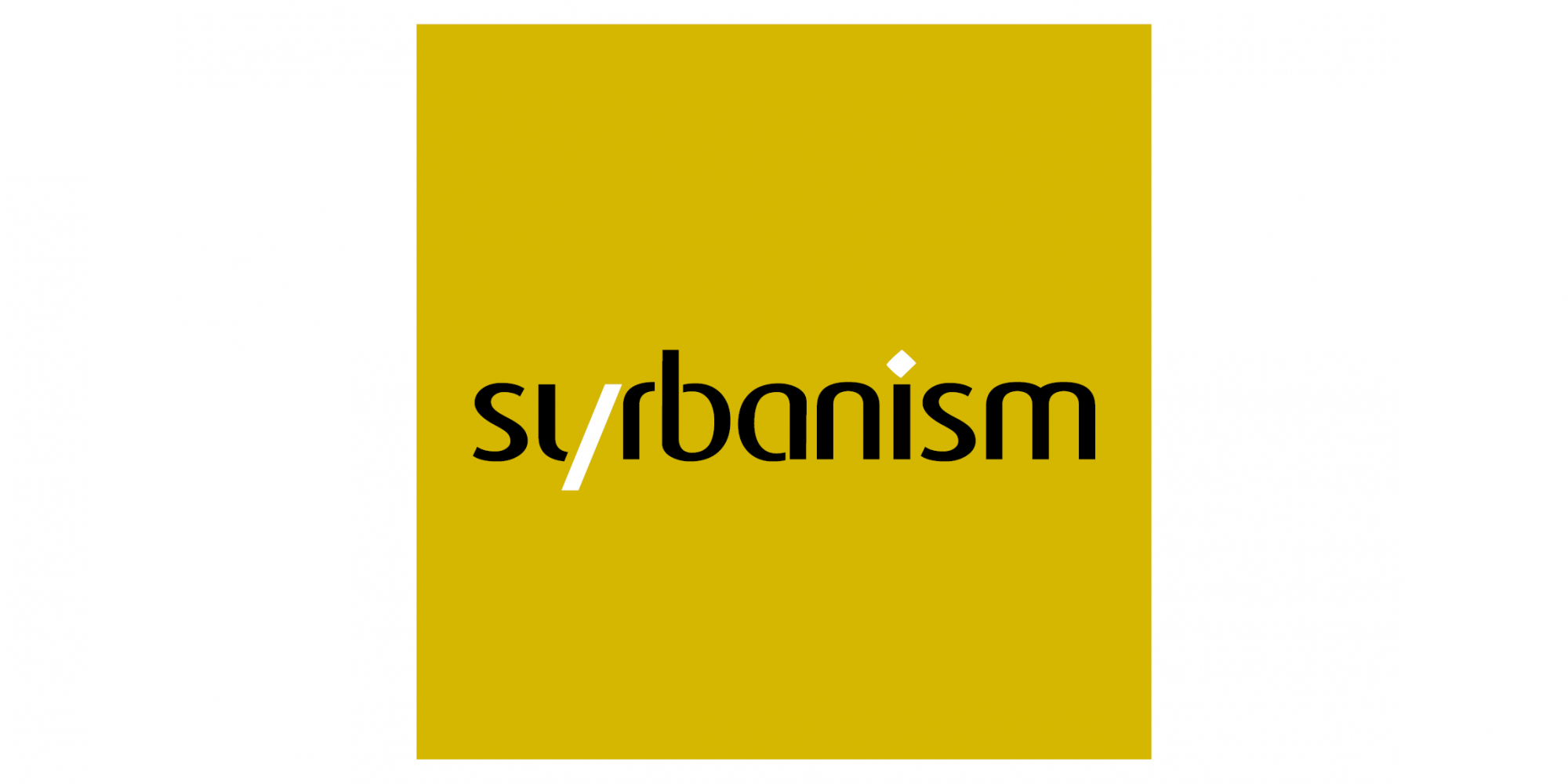
You mentioned the importance of informality in the Syrian housing system several times. Why is the consideration of such informal systems essential for the reconstruction process?
Until 2010, informal settlements represented around 40 percent of housing capacities in Syrian cities, especially in Aleppo and Damascus. In these settlements, the residents have created an alternative system for ownership documentation since the 1960s. Usually, the settlements were built on agricultural or public land without official permission. While documents exist stating certain land belongs to someone, it has been divided and resold over time and in many processes. Also, the settlement scale has changed over time. In the beginning, the settlements showed mainly two-story buildings, but now, some areas of the informal settlements have up to 10 stories.
Over the past 60 years, this alternative housing system has maintained itself. But, as I mentioned, it has been challenged now with the new legalization framework in Syria. The framework divides beneficiaries for compensation and specifies how to prove your ownership. To be part of the compensation schemes, you need to be present in your apartment and provide so many documents that, in turn, many people are excluded from the process. That is also because most of the conflict occurred in informal settlements, which left an immense part destroyed and many people internally displaced. Many people cannot live there anymore.
In contrast to the informal settlements, the urban development project “Marota City” in Damascus is advertised as a pilot for future reconstruction processes in Syria. Can you explain more about the project, its current state, and its downsides?
I think “Marota City” provides a glimpse into Syria’s future reconstruction plan if we do not challenge today’s urban planning and policy processes. The project takes place on agricultural land where formerly around 50,000 Syrians resided. It was announced in 2012, and the eviction process started in 2014. As mentioned, the new legal infrastructure allowed a formalized dispossession of the formerly ‘informal’ neighborhoods and helped prioritize profit instead of people.
However, next to legal issues, “Marota City” is also problematic on the urban and architectural levels. It aims to build luxurious apartments and high-rise buildings that do not fit the city's identity. “Marota City” focuses on the facade and is made for the people who can afford these buildings. Such investment-driven reconstruction processes have also been seen in Beirut, the Lebanese capital. Let’s say that is ‘not exactly’ what we should aim for in Syria.

Syrbanism was established in 2017. Looking back at the reconstruction process in Syria during the past six years, where do you find hope in the ongoing development and your work at Syrbanism?
There is surely always hope. One positive aspect is that many people who fled Syria are building their expertise in other countries. I think Syria has expertise to offer from within and outside: the exchange with other countries can be seen as very valuable. That is also why, through the Young Syrian Urban Network (YSUN), we are building a broader network of Syrian architects living in Syria and across Europe. We see that the young people are building a great understanding of social and spatial justice that might improve the future rebuilding process in Syria.
It also gives us hope that many young people know our work inside Syria, including the architecture students at Damascus University. They share our videos among them, and the videos are viewed all over the country. Seeing this gives us hope because we do not have the same channels from afar to reach the local people.
You have been living in Berlin for ten years now. Syrbanism is also located in the city. I think Berlin is a significant example of how the Syrian diaspora can shape the urban development of their host cities. Where do you see possibilities and challenges for integrating the Syrian diaspora into Berlin’s city-making?
At Syrbanism, we are currently in the publishing process of a book in collaboration with Exeter University in the UK. It looks at Berlin from diverse perspectives of the Syrian newcomers who arrived ten years ago, regardless of how they made it to the city: as students, immigrants, or refugees. Through their stories, we want to challenge the question of what integration is about. The book shows the different approaches and initiatives of settling and feeling at home – and how the rhythm of Berlin plays into this process. Sonnenallee is one of the ‘stars’ of our book because the street describes a very diverse example and lived experience for the Syrian diaspora, including the food, live music, religion, concerts, and parties found there.
Talking about integration, the term is often associated with arriving and following the law, learning the language, and being part of the job market. For sure, integration includes all these elements. But even if you have checked the box for all these elements, you can still be not integrated. For me, to be integrated is to feel at home and that you belong or want to stay. It is about a specific connection to Berlin that you have built your way. Once you have this connection and love the space, I think you can call yourself a citizen. And when you feel you belong, you also start giving back.
Although we still need time, Berlin’s diverse urban landscape has allowed many people to reach this level of belonging, including these hubs where you can always be what you want to be. Of course, that does not change the immense challenge and effort it takes to feel at home again after you have fled a conflict. And if some people have already built this connection in Berlin, that is a great step forward.



